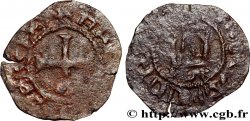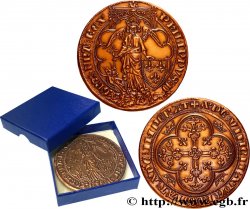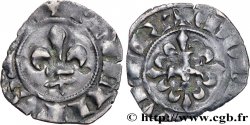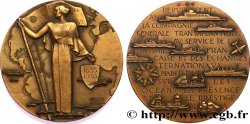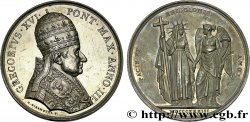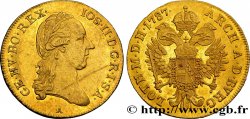E-auction 495-405416 - fme_412485 - PHILIP VI OF VALOIS Médaille de Raoul le Vaillant et Marie de Blois
You must signin and be an approved bidder to bid, LOGIN TO BID. Accounts are subject to approval and the approval process takes place within 48 hours. Do not wait until the day a sale closes to register. Clicking on « bid » constitutes acceptance of the terms of use of cgb.fr private e-auctions.
Bids must be placed in whole Euro amounts only. The sale will start closing at the time stated on the item description; any bids received at the site after the closing time will not be executed. Transmission times may vary and bids could be rejected if you wait until the last second. For further information ckeck the E-auctions F.A.Q.
NO BUYER'S FEE.
NO BUYER'S FEE.
| Estimate : | 250 € |
| Price : | 51 € |
| Maximum bid : | 54 € |
| End of the sale : | 10 October 2022 18:24:00 |
| bidders : | 8 bidders |
Type : Médaille de Raoul le Vaillant et Marie de Blois
Date: 1329-1346
Mint name / Town : France, Lorraine
Metal : bronze
Diameter : 47 mm
Orientation dies : 12 h.
Engraver DE SAINT-URBAIN Ferdinand (1654-1738)
Weight : 41 g.
Edge : lisse
Puncheon : sans poinçon
Coments on the condition:
Patine hétérogène. Usure régulière sur les reliefs. Présence de quelques coups et rayures
Obverse
Obverse legend : RADVLPHVS. D. G. - DUX. LOTH. ET. MARCHIO.
Obverse description : Buste à droite de Raoul le Vaillant, signé : S. V..
Reverse
Reverse legend : *MARIA-BLESENSIS. - DVCISSA. LOTH. ET. MARCHIONISSA.
Reverse description : Buste à gauche de Marie de Blois.
Commentary
La signature SV sous le buste au droit est pour Ferdinand de Saint Urbain. Cette médaille appartient à la suite des ducs de Lorraine, gravées par Saint-Urbain.
Ferdinand de Saint-Urbain, né à Nancy en 1654 ou 1658 et mort dans cette même ville le 10 janvier 1738, est un dessinateur, graveur et architecte lorrain ayant œuvré à Rome, à Nancy et ayant travaillé pour d'autres princes des cours d'Europe.
Raoul (ou Rodolphe) de Lorraine dit le Vaillant (né en 1320 et mort le 25 août 1346, à la bataille de Crécy), fils du duc Ferry IV de Lorraine et d'Élisabeth d'Autriche, est duc de Lorraine de 1329 à 1346. Raoul épouse en premières noces à Pont-à-Mousson en 1329 Aliénor de Bar († 1332), fille d'Édouard Ier, comte de Bar, et de Marie de Bourgogne. Veuf, il se remarie en 1334 avec Marie de Châtillon (1323 † 1363), fille de Guy Ier de Châtillon, comte de Blois et de Chartres, et de Marguerite de Valois, sœur du roi Philippe VI.
Ferdinand de Saint-Urbain, né à Nancy en 1654 ou 1658 et mort dans cette même ville le 10 janvier 1738, est un dessinateur, graveur et architecte lorrain ayant œuvré à Rome, à Nancy et ayant travaillé pour d'autres princes des cours d'Europe.
Raoul (ou Rodolphe) de Lorraine dit le Vaillant (né en 1320 et mort le 25 août 1346, à la bataille de Crécy), fils du duc Ferry IV de Lorraine et d'Élisabeth d'Autriche, est duc de Lorraine de 1329 à 1346. Raoul épouse en premières noces à Pont-à-Mousson en 1329 Aliénor de Bar († 1332), fille d'Édouard Ier, comte de Bar, et de Marie de Bourgogne. Veuf, il se remarie en 1334 avec Marie de Châtillon (1323 † 1363), fille de Guy Ier de Châtillon, comte de Blois et de Chartres, et de Marguerite de Valois, sœur du roi Philippe VI.







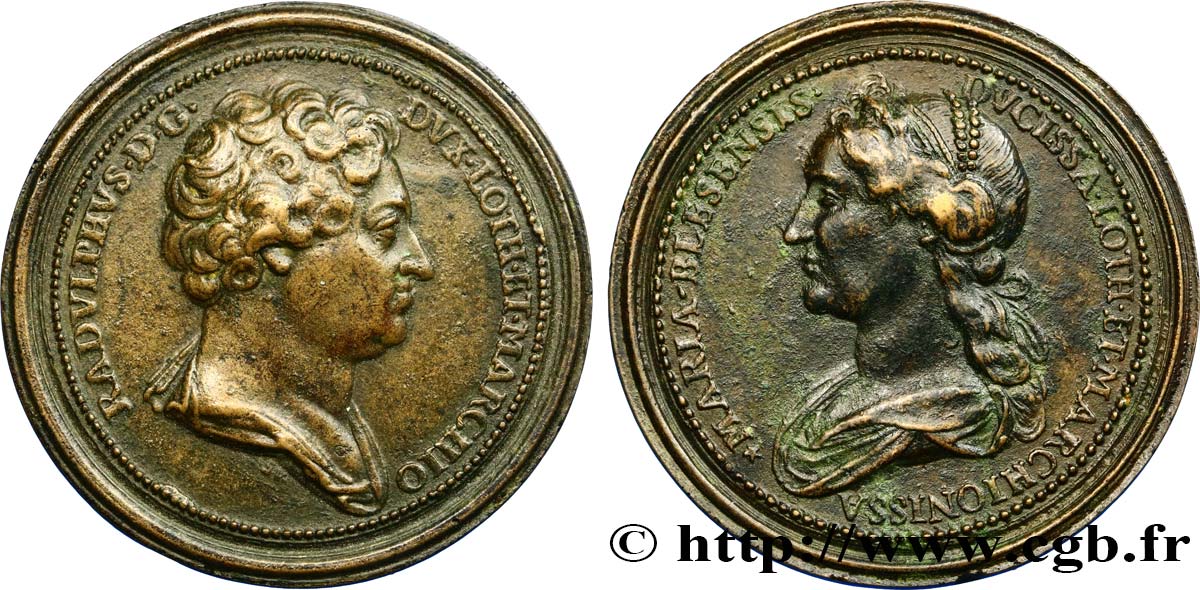
 Report a mistake
Report a mistake Print the page
Print the page Share my selection
Share my selection Ask a question
Ask a question Consign / sell
Consign / sell
 Full data
Full data

